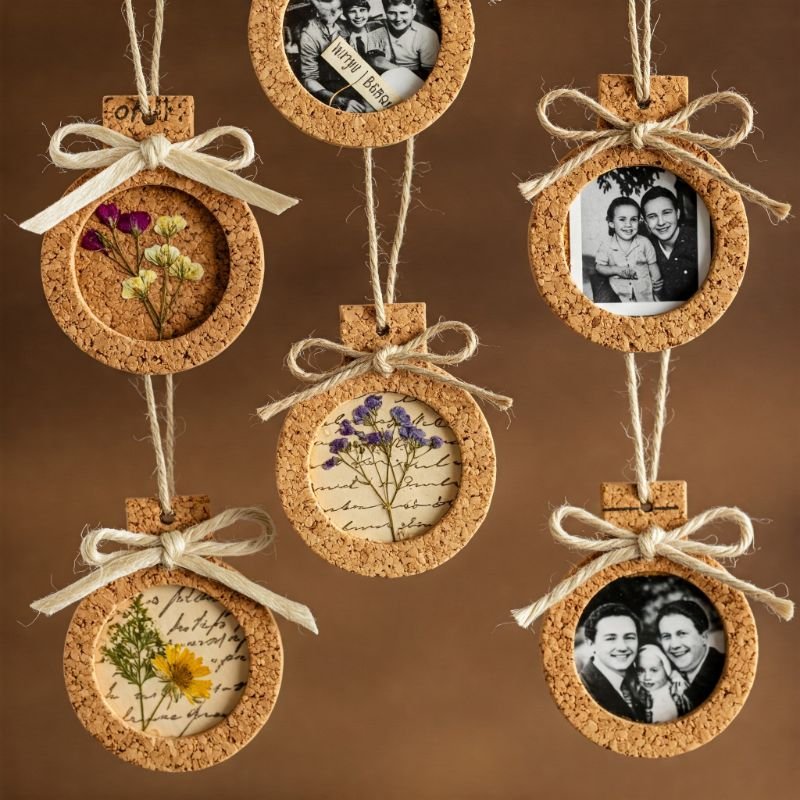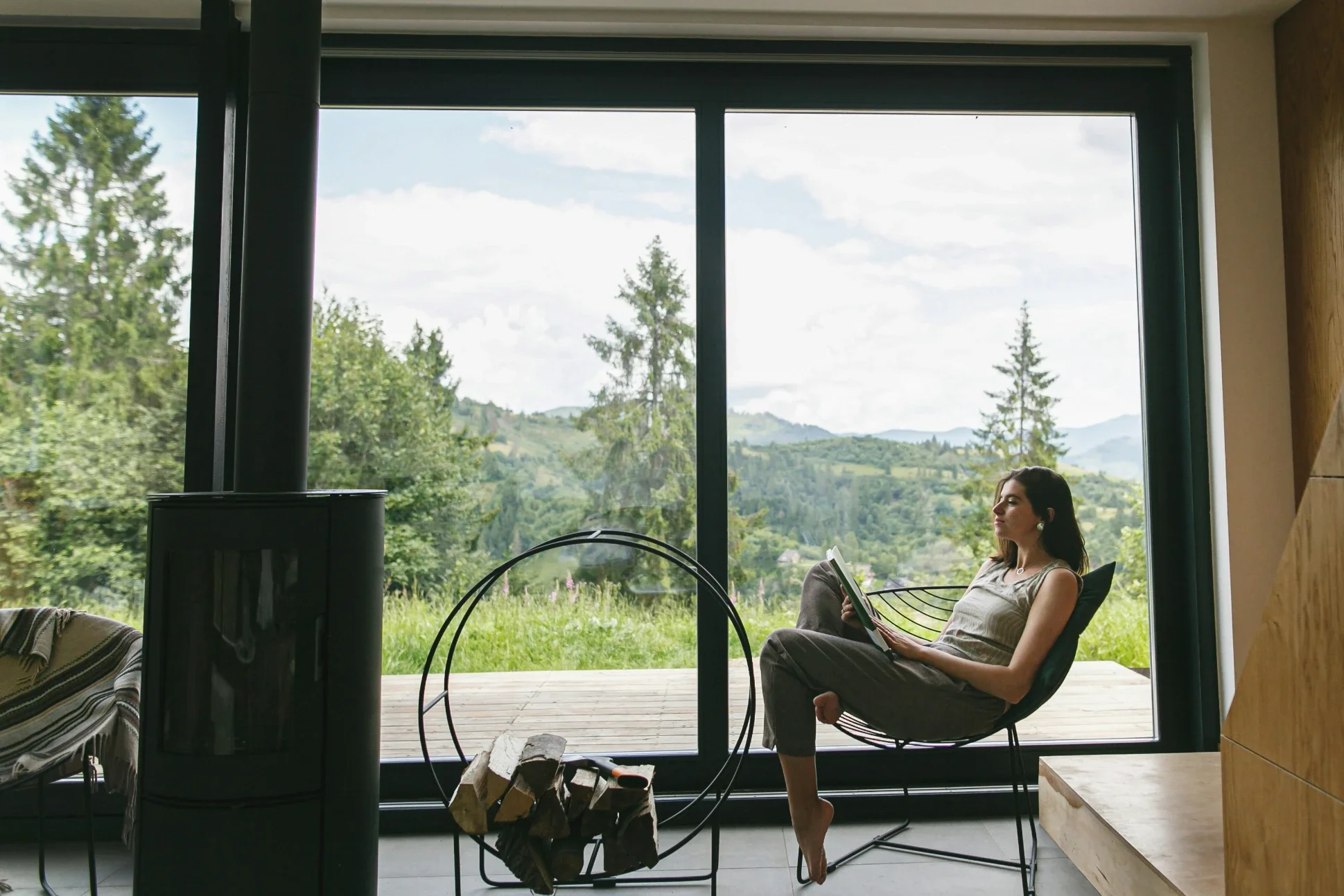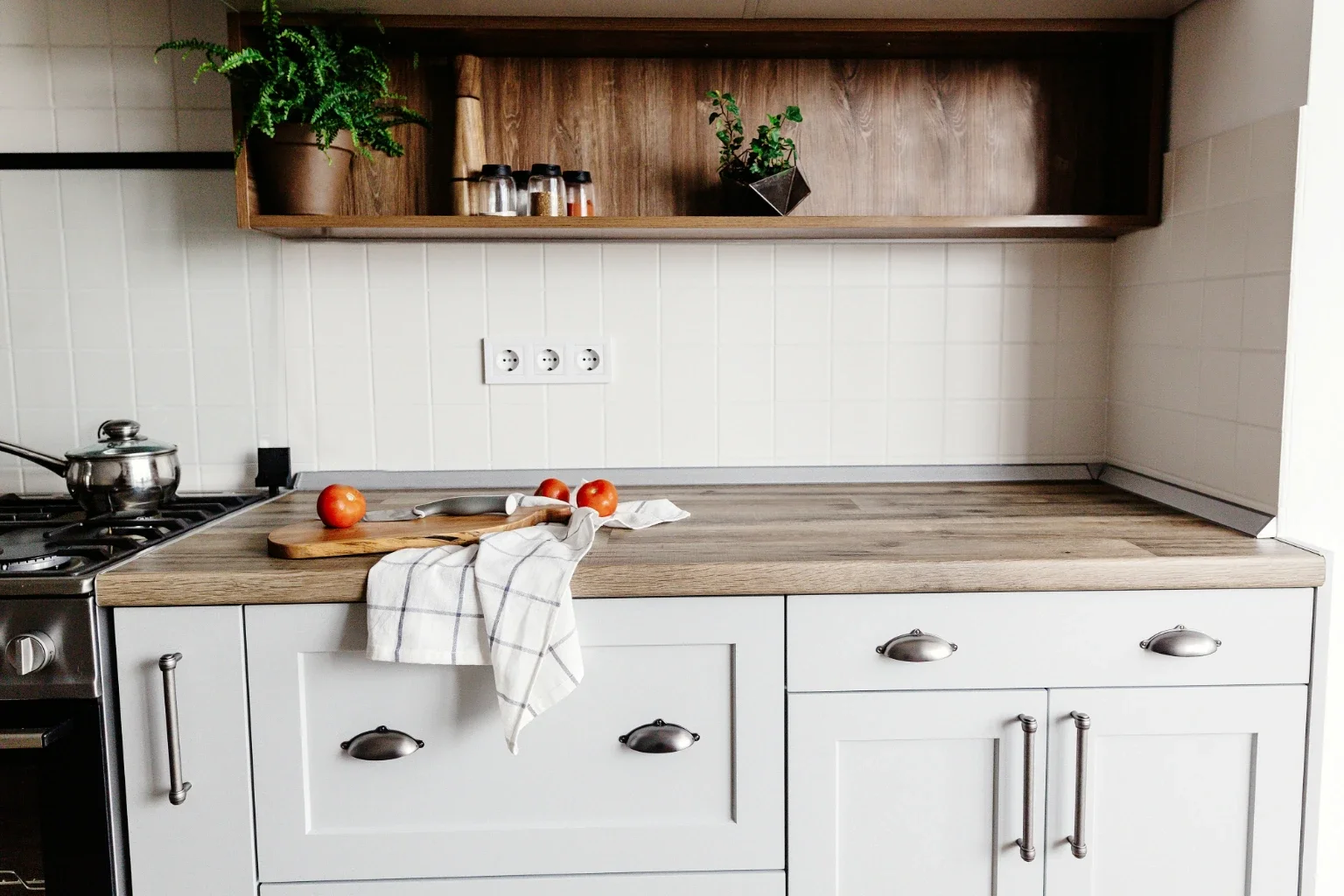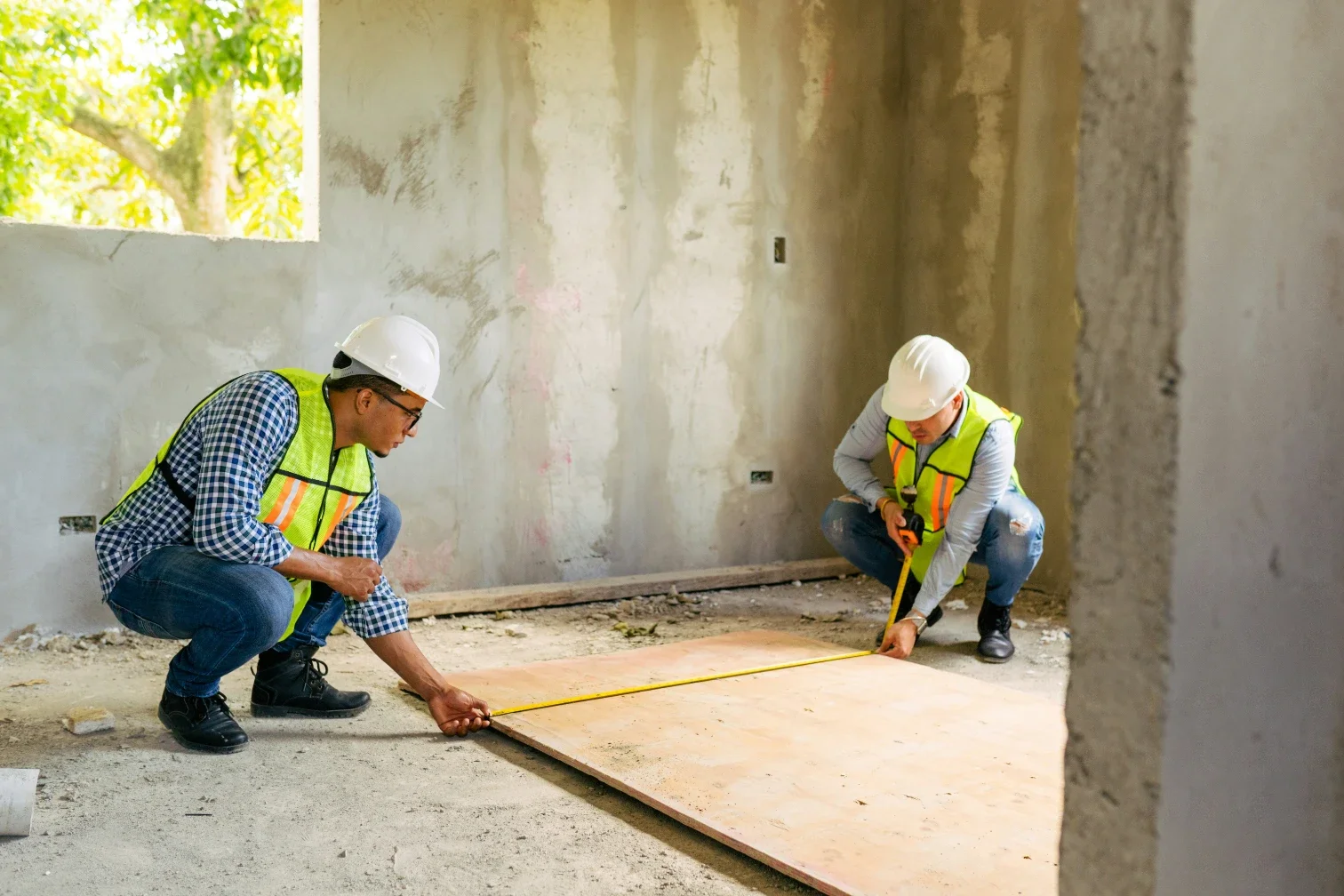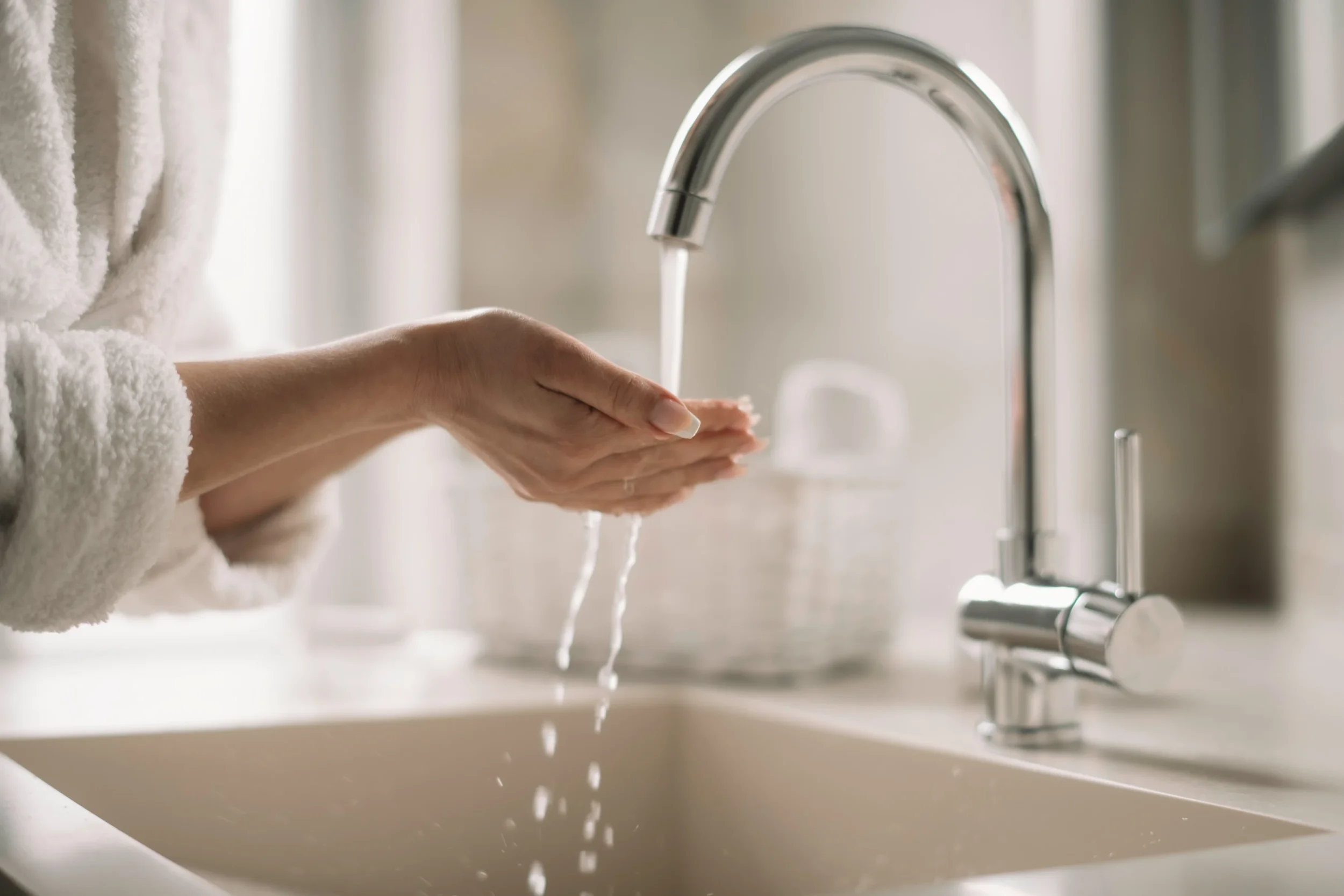15 Cork Craft Ideas to Try This Weekend
Discover 15 creative cork craft projects that transform your wine souvenirs into stylish home decor, practical accessories, and unique gifts you can make this weekend.
Remember that special bottle of wine you shared on your anniversary? Or that celebratory champagne from your promotion? What if those moments could live on beyond the last sip? That's the magic of cork crafting—transforming those small, cylindrical souvenirs into something both beautiful and meaningful. For years, I've watched friends toss perfectly good corks into the recycling bin, and I've always wanted to grab their wrists and shout, "Wait! That's potential art you're throwing away!" There's something wonderfully sustainable about repurposing these natural objects, each one already imbued with memories of celebration, connection, and joy. Whether you've been collecting corks for years (guilty as charged) or are just starting to see their creative potential, these projects range from simple afternoon activities to more ambitious weekend undertakings. The beauty of cork as a crafting medium lies in its accessibility—it's free if you enjoy wine, naturally varied in color and texture, and remarkably versatile in application. Plus, working with corks connects us to a centuries-old tradition of natural craftsmanship that feels particularly satisfying in our digital age. So pour yourself a glass of something nice (and save that cork!), gather your supplies, and let's transform those wine stoppers into conversation pieces that will have friends asking, "You made that from what?" This weekend, your creative journey from bottle to beautiful begins now.
1. Customized Cork Board for Home Organization
Transform your cork collection into a practical organization system that doubles as wall art—like creating a functional memory board where each piece holds a story. This project scales beautifully depending on your cork supply, from small desktop versions to impressive wall installations. I recommend arranging corks in interesting patterns—herringbone creates elegant movement, while concentric circles add visual interest—before gluing them to a wooden backing board. What makes this project particularly satisfying is how it repurposes objects already designed for pinning into a surface that actually celebrates that function. Consider staining some corks with coffee or tea for color variation, or incorporate wine labels from special bottles for additional personalization. The resulting board serves both practical and aesthetic purposes, keeping important notes visible while showcasing your wine journey.
2. Wine Cork Trivet for Hot Dishes
Craft a heat-resistant trivet that protects your surfaces while showcasing your wine adventures—like creating a functional map of memorable meals and celebrations. This practical project transforms what might be discarded into a genuinely useful kitchen tool with artisanal appeal. I've found that arranging corks either vertically or horizontally creates different visual effects, while combining both orientations allows for interesting geometric patterns. What makes this craft particularly successful is how cork's natural insulating properties create a genuinely effective trivet, not just a decorative object. Consider using a metal hose clamp as a frame for circular versions, or arrange corks within a shadow box frame for a more structured rectangular design. The natural variation in cork coloration creates subtle visual texture that mass-produced trivets can never achieve. For food safety, I recommend sealing your finished trivet with a heat-resistant clear coating.
3. Decorative Cork Wreath for Seasonal Display
Create a sophisticated year-round wreath that subtly communicates your appreciation for fine wine—like wearing an understated piece of jewelry that reveals your personality without shouting it. This versatile project works beautifully for any season with simple modifications. I recommend starting with a foam or wire wreath form as your base, then adhering corks in rows or interesting patterns until the form is completely covered. What makes this wreath particularly appealing is how cork's natural variations create visual interest even without additional embellishments. For seasonal adaptations, consider adding small sprigs of greenery for Christmas, miniature flowers for spring, or dried botanicals for fall. The neutral color palette of cork provides the perfect backdrop for any decorative elements you might add, while maintaining a sophisticated, organic aesthetic on its own. Unlike traditional wreaths that quickly look out of season, cork wreaths serve as year-round door or wall decor that never feels dated.
4. Personalized Cork Keychain Floats
Design practical keychain floats that keep your keys from sinking to the bottom of lakes, pools, or oceans—like creating tiny life preservers for your most essential possessions. This project combines functionality with personalization, making it perfect for gift-giving or creating for yourself. I suggest selecting larger champagne corks for their superior buoyancy, drilling a small hole through the center, and threading through a secure key ring. What makes this craft particularly valuable is how it solves a genuine problem for boaters, beach-goers, or pool owners who've experienced the panic of dropped keys in water. Consider wood-burning or using permanent markers to add names, dates, or short messages that personalize each float. The natural variation in cork size and shape creates distinctive keychains, while the material's waterproof and lightweight properties make it perfectly suited for this application. For added visibility, consider painting a bright strip around the middle or dipping ends in colorful waterproof paint.
5. Upcycled Cork Planters for Succulents
Transform wine corks into miniature planters that house tiny botanical treasures—like creating dollhouse-sized gardens that bring joy to unexpected spaces. This project capitalizes on cork's natural moisture resistance while adding greenery to small spots that might otherwise remain unplanted. I recommend hollowing out one end of larger corks using a drill or small knife, creating a receptacle approximately half an inch deep for soil and tiny plants. What makes these micro-planters particularly charming is their unexpected scale, turning an ordinary office desk, windowsill, or bookshelf into a whimsical display space. Consider magnetizing the backs for refrigerator gardens, stringing several together for hanging displays, or grouping multiples on decorative trays. Select miniature succulents, air plants, or moss varieties that require minimal soil and water, allowing the cork's natural properties to help regulate moisture. For stability, slice a small section from the bottom to create a flat base, preventing rolling.
6. Memory-Preserving Cork Ornaments
Commemorate special occasions by transforming their celebratory corks into holiday ornaments—like creating time capsules that return annually to remind you of life's meaningful moments. This sentimental project turns potentially discarded items into cherished keepsakes that grow more valuable with passing years. I suggest selecting corks from significant events—anniversaries, graduations, births, or milestone birthdays—adding a small eyehook to the top, then decorating with the event's details using permanent markers, tiny photos, or wood-burning tools. What makes these ornaments particularly special is how they connect holiday traditions with personal memories, creating decorations that carry genuine emotional significance. Consider adding the year with metallic paint, attaching small charms that represent the occasion, or incorporating ribbon in colors that relate to the event. Unlike mass-produced ornaments, these handcrafted pieces tell your unique story, turning holiday decorating into a meaningful review of life's highlights.
7. Practical Cork Coasters with Style
Craft distinctive coasters that protect surfaces while sparking conversations—like creating functional art that serves both your tables and your social gatherings. This accessible project requires minimal specialized tools while resulting in genuinely useful household items. I recommend slicing wine corks into quarter-inch rounds (using a sharp knife or small handsaw), arranging these circles in pleasing patterns, and adhering them to circular backing materials like thin cork sheets or felt. What makes these coasters particularly successful is how they combine practicality with unique visual appeal—the end-grain of sliced corks creates fascinating natural patterns that no manufactured coaster could duplicate. Consider incorporating wine labels from special bottles as decorative backing, arranging cork slices in ombré patterns from light to dark, or mixing champagne corks with standard wine corks for textural variety. For durability, seal the finished coasters with several coats of clear, food-safe polyurethane.
8. Cork Stamps for Custom Gift Wrapping
Transform ordinary corks into personalized stamping tools that elevate your gift presentation—like having a custom printing press that fits in your craft drawer. This creative project turns packaging into a personalized art form while finding new purpose for single corks. I suggest carving simple designs into cork ends using a craft knife—hearts, stars, geometric patterns, or initials work beautifully—then pairing with quality stamp pads or acrylic paints for printing onto paper. What makes cork particularly effective for stamp-making is its natural resilience and slightly porous texture, which holds and transfers ink evenly while creating a slightly rustic, handcrafted impression. Consider creating seasonal designs for holiday wrapping, monograms for personalized stationery, or repeating patterns for custom fabric printing. The natural variation in cork texture means each impression will be slightly unique, reinforcing the handmade quality that makes gifts feel especially thoughtful. For multicolor designs, use different stamp pads for various parts of the cork, creating layered, more sophisticated images.
9. Wine Cork Candle Holders for Ambiance
Design elegant candle holders that bring warm, flickering light to your dining experiences—like creating constellations of tiny stars that honor the origins of your wine journey. This atmospheric project repurposes corks into functional decor that enhances any table setting. I recommend slicing a small section from one side of each cork to create a stable base, then carefully carving a tapered hole in the top using a small drill bit or corkscrew to fit standard taper candles securely. What makes these holders particularly charming is their natural variation in height and color, creating organic, undulating candlescapes when grouped together. Consider arranging them down the center of a dining table, clustering them on fireplace mantels, or placing them around bathtubs for a spa-like atmosphere. For safety, ensure corks stand securely and never leave burning candles unattended. The warm glow of candlelight highlighting the natural texture of cork creates an ambiance that feels both rustic and sophisticated simultaneously.
10. Cork Bathroom Mat with Spa Vibes
Create a luxurious bath mat that massages feet while resisting the moisture typically problematic for bathroom textiles—like bringing a wine country spa experience into your daily routine. This larger-scale project requires a substantial cork collection but delivers a uniquely functional result worth the effort. I suggest arranging whole corks on their sides in rows, attaching them to a flexible, waterproof backing like a thin rubber mat or heavy-duty shelf liner for stability. What makes cork ideal for bathroom applications is its naturally water-resistant and quick-drying properties, preventing the mildew issues common with fabric mats. The varied surface created by cork ends provides a pleasant textural experience underfoot, offering a subtle massage effect that feels particularly luxurious after showering. Consider arranging corks to create simple patterns or color gradients, taking advantage of the natural variation in wine-stained versus unstained ends. The resulting mat brings organic texture and sustainable materials into a room that typically features hard, manufactured surfaces.
11. Decorative Cork Letter Art for Wall Displays
Transform collected corks into dimensional monogram or word art that personalizes your space—like creating typographic sculptures that tell your story through both form and material. This decorative project offers endless creative possibilities while making impressive visual impact. I recommend starting with cardboard or wooden letter forms (either purchased or hand-cut), then covering completely with corks arranged in pleasing patterns—horizontally for a streamlined look or vertically for more textural interest. What makes this project particularly satisfying is how it creates substantial wall art from small, repurposed objects that might otherwise be discarded. Consider creating family initials for living spaces, inspirational words for office areas, or cooking-related terms for kitchen displays. The three-dimensional nature of these pieces adds depth to wall arrangements, while the natural variations in cork color create subtle visual texture even in monochromatic designs. For added interest, incorporate occasional wine stains or printed corks that provide unexpected pops of color within the neutral palette.
12. Functional Cork Drawer Liners
Line your jewelry or silverware drawers with sliced corks that prevent scratches while adding natural texture—like creating a protective cushion that extends the life of your treasured possessions. This practical project transforms wine mementos into genuinely useful household improvements. I suggest slicing corks into quarter-inch rounds, then arranging them flat side down in a single layer inside drawers, adhering lightly with craft glue if desired for permanence. What makes cork particularly effective for this application is its naturally soft texture that prevents metal items from scratching each other, while its slight grip quality keeps objects from sliding around when drawers open and close. Consider arranging slices in attractive patterns if drawer interiors will be visible, or focus purely on function for utilitarian storage areas. For drawer bottoms that show signs of wear, this application not only adds protection but effectively covers existing damage with natural, warm materials. The slight cushioning effect creates a gentle landing place for items being returned to storage.
13. Wine Journal Cork Bookmark
Craft personalized bookmarks that hold your place while commemorating particular bottles—like creating literary companions that carry memories of special evenings. This simple project pairs perfectly with wine journals or favorite cookbooks, connecting reading experiences with tasting memories. I recommend selecting corks from memorable bottles, attaching decorative ribbons or tassels through small holes drilled near one end, and adding personalized details like the date, occasion, or tasting notes using permanent markers or wood-burning tools. What makes these bookmarks especially meaningful is how they transform utilitarian reading tools into memory objects that recall specific experiences. Consider preserving actual wine labels along with the corks for bookmarks that tell complete stories, pressing flat and adhering to one side of the cork or incorporating as laminated tags attached to the ribbon. The natural variation in cork shape and wine staining creates uniquely personal markers that become increasingly precious as they age alongside your reading memories.
14. Cork Jewelry for Wearable Art
Design distinctive earrings, pendants, or bracelets that showcase your wine appreciation in wearable form—like carrying subtle souvenirs of favorite vineyard experiences wherever you go. This fashion-forward project translates humble materials into sophisticated accessories through thoughtful cutting and finishing. I recommend slicing corks into varied thicknesses, shapes, or angles, then sanding edges smooth before adding jewelry findings like earring hooks, necklace chains, or pin backs. What makes cork particularly suitable for jewelry is its incredibly lightweight nature, allowing for substantial-looking pieces that remain comfortable to wear. Consider staining some cork slices with coffee or tea for color variation, adding metallic paint details for elegance, or incorporating wine-stained sections for authentic color contrasts. The natural texture creates visual interest while maintaining a neutral palette that coordinates with virtually any outfit. Unlike mass-produced accessories, these pieces carry personal history and spark interesting conversations about sustainability and creative reuse.
15. Cork Picture Frame with Character
Craft distinctive photo frames that display cherished memories within a border of wine celebrations—like surrounding important moments with artifacts from other special occasions. This decorative project creates meaningful display objects that connect photos with the context of life's enjoyable moments. I suggest starting with a simple wooden frame base, then adhering halved or whole corks around the perimeter in orderly rows or more random, organic arrangements. What makes these frames particularly special is how they add textural interest and warmth to photographs while subtly reminding us of the celebrations that fill life alongside the moments we choose to capture. Consider incorporating special corks from events related to the displayed photo—perhaps surrounding a wedding picture with corks from the reception, or vacation photos with corks collected during the trip. The depth created by three-dimensional corks adds architectural interest to otherwise flat photo displays, creating frames that serve as art pieces in their own right.
Conclusion
Cork crafting offers that perfect combination of accessibility, sustainability, and satisfaction. The projects we've explored transform what might have been waste into warm, natural elements for your home and life. Beyond the practical results, there's something deeply satisfying about creating with materials that already carry stories—each cork representing a moment of celebration or connection in your past. Whether you tackle one simple project or become a dedicated cork collector embarking on multiple creations, the process itself provides a wonderful opportunity to disconnect from screens and reconnect with tangible creativity.
Read next: 15 Cute Craft Ideas to Brighten Your Day
Frequently Asked Questions
1. How many corks do I need to collect before starting these projects?
Start small with keychains or ornaments using 5-10 corks, saving larger projects like mats for when you've collected 100+.
2. What's the best way to cut corks without them crumbling?
Soak corks in warm water for 10 minutes before cutting with a sharp knife, then allow to dry completely.
3. Do I need to clean or sanitize corks before crafting?
Wipe with diluted white vinegar to remove surface residue, but avoid soaking which might compromise cork integrity.
4. Can I mix champagne corks with regular wine corks?
Absolutely—the variation adds interest, though group similar types together within sections of your design for cohesion.
5. How do I preserve the wine information printed on specialty corks?
Position printed corks strategically in your design so text remains visible, applying clear sealant to prevent fading.






